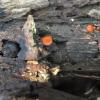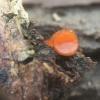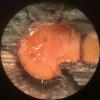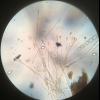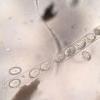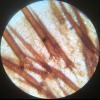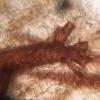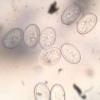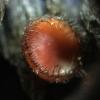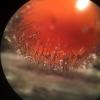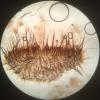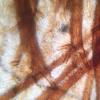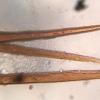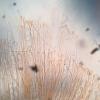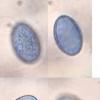
14-01-2026 10:02
Hulda Caroline HolteHello, These ascomycetes were growing on standing

13-01-2026 10:13
 Danny Newman
Danny Newman
Cordieritidaceae sp. on indet. wood w/ Hypoxylon s

13-01-2026 07:57
 Danny Newman
Danny Newman
cf. Bombardia on indet. decorticate woodAppalachia

14-01-2026 07:28
 Danny Newman
Danny Newman
Nemania sp. on indet. decorticate woodAppalachian

12-01-2026 22:02
Ethan CrensonHello all, I am hoping someone will have some ins

11-01-2026 20:35
Hello.A very tiny pyrenomycete sprouting sparsely

13-01-2026 18:55
Rees CronceStrossmayeria sp. on indet. decroticate hardwoodTh

13-01-2026 07:28
 Danny Newman
Danny Newman
Chlorociboria glauca on indet. decorticate logThe

13-01-2026 07:14
 Danny Newman
Danny Newman
Neodasyscypha cerina on indet decorticate logThe S

13-01-2026 09:10
 Danny Newman
Danny Newman
Dasyscyphella chrysotexta on indet. decorticate ha
The new collection...
Apothecia up to 5mm in diameter
Spores from spore drop (in cotton blue): 18-20 x 12-13 (15) µm.
Q value = 1.46
Spore shape: Ellipsoid
Spore ornamentation: "Small to medium often amoebic warts with some interconnections" Question: Would you agree with that assessment?
Asci: 230-250 x 12.5 (17.5)µm
Marginal hairs: 1114-1243 x 32.5-42.5µm
Marginal hair wall thickness: 5-7.5µm
Marginal hair septations: 4-11
Marginal hairs: some bi- tri- and multi-furcate.
Question: When some roots are simple, some bi/tri-furcate, and one or two multi-furcate, one should opt for multi-furcate, yes?
Marginal hairs: With pointed top. Color brown. Question: would you suggest "Hairs of differing length" or any other options? (Though it doesn't seem to alter the top selection of outcomes.)
Substrate: wood.
The automatic result suggests S. olivascens. But when I scrutinize the "knowledge base" synopsis, the data for S. scutellata seems more apt... especially comparing spore shape and size, hair length and other hair features. Am I missing something? What could be weighing the result toward S. olivascens?
Again, many thanks for your help and comments.
